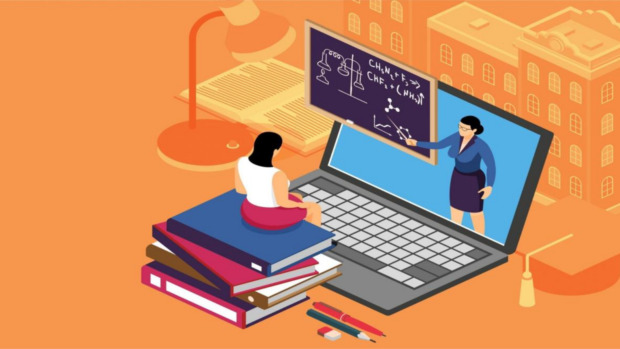OpenAI encourages teachers to integrate its AI program, ChatGPT, into classrooms for enhanced education. On August 31, 2023, the company released sample ChatGPT prompts designed for English tutoring and the development of critical thinking skills. Additionally, OpenAI shared examples from professors who have successfully employed artificial intelligence in their teaching methods. Despite initial concerns about AI’s impact on education, it has proven to be a valuable tool that can significantly improve learning outcomes. Whether you are a teacher or not, understanding how this technology can benefit students in preparing for their digital future is essential. This article will explore OpenAI’s examples of leveraging AI for teaching, as well as provide additional methods for various subjects such as English, Math, and Science.
1. Role-playing challenging conversations:
OpenAI has shared examples from four professors, including Dr. Helen Crompton, a professor of institutional technology at Old Dominion University. Dr. Crompton utilizes ChatGPT for hosting debates, where the bot acts as a debate partner to identify weaknesses in students’ arguments. Additionally, she uses the program to simulate a recruiter, familiarizing students with job applications. These role-playing activities provide students with a nuanced understanding and fresh perspectives on various topics.
2. Building tests, quizzes, and lesson plans:
Professor Fran Bellas from Universidade da Coruña suggests that schools use AI as their virtual assistants to develop quizzes, lesson plans, and exams. Teachers can share their curriculums with ChatGPT and request materials that incorporate modern and culturally relevant examples. Moreover, Bellas uses ChatGPT to ensure that questions align with students’ learning levels and sensitivities, making the learning experience more tailored to their needs.
3. Facilitating language lessons for non-English speakers:
Dr. Anthony Kaziboni, Head of Research at the University of Johannesburg, emphasizes the importance of language proficiency for students in the academic world. Using ChatGPT, Kaziboni encourages students to translate lesson plans and other materials, as well as improve their English writing and conversation skills. This helps bridge communication gaps and prevents misunderstandings that could hinder students’ opportunities.
4. Teaching students critical thinking:
Geetha Venugopal, a high school computer science teacher at the American International School in Chennai, India, likens teaching students AI tools to educating them about responsible internet use. Venugopal urges students to critically evaluate ChatGPT’s answers, reminding them that not all responses are accurate or credible. By prompting students to question and verify information from primary sources, Venugopal aims to foster their critical thinking, problem-solving, and creativity skills.
5. Improving other subjects:
To incorporate ChatGPT into different subjects, consider these suggestions:
– Reading: Encourage students’ creativity by having them imagine short story descriptions and letting ChatGPT transform their ideas into full-length stories.
– English: Utilize ChatGPT to teach antonyms and synonyms by generating words similar to a given term, expanding students’ vocabulary.
– Science: Ask ChatGPT to explain specific scientific concepts, allowing students to deepen their understanding through teacher-guided questions and explanations.
– History: Have ChatGPT role-play as a historical figure, enabling students to ask questions and engage in interactive learning.
– Math: Use ChatGPT to check students’ understanding of mathematical concepts through explanations, but rely on dedicated math programs for checking math problems, such as Microsoft Math Solver and Wolfram Alpha.
In conclusion, these examples demonstrate the potential of AI in education. Feel free to develop new methods and explore alternative approaches, as AI technology continues to evolve rapidly. Integrating AI in the classroom prepares students for a digitally-driven future. Students can also use ChatGPT to enhance their understanding of classroom topics, while always adhering to their school’s policies regarding AI usage. Stay updated on the latest digital trends and educational tips through platforms like Inquirer Tech.
Denial of responsibility! VigourTimes is an automatic aggregator of Global media. In each content, the hyperlink to the primary source is specified. All trademarks belong to their rightful owners, and all materials to their authors. For any complaint, please reach us at – [email protected]. We will take necessary action within 24 hours.


